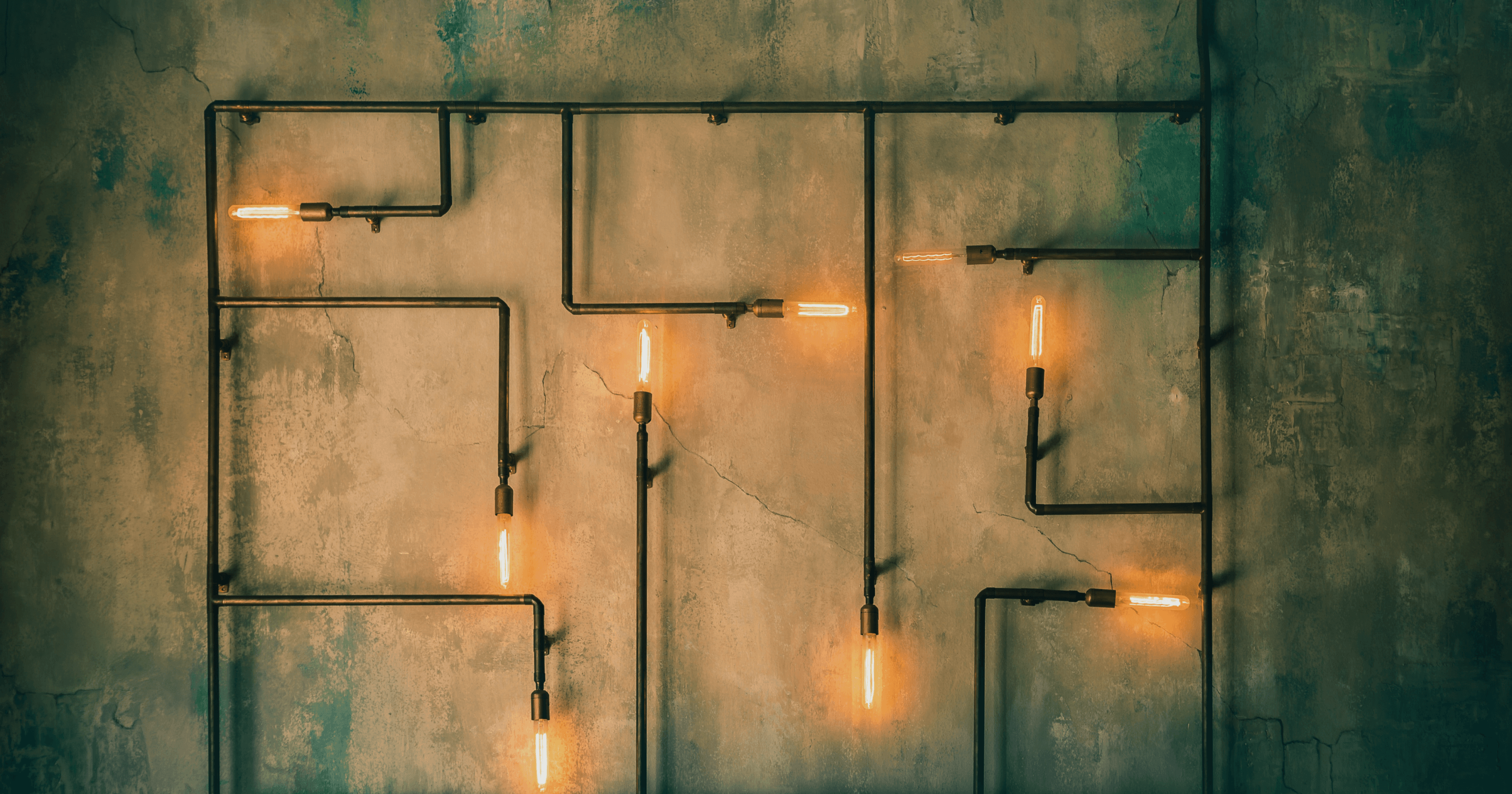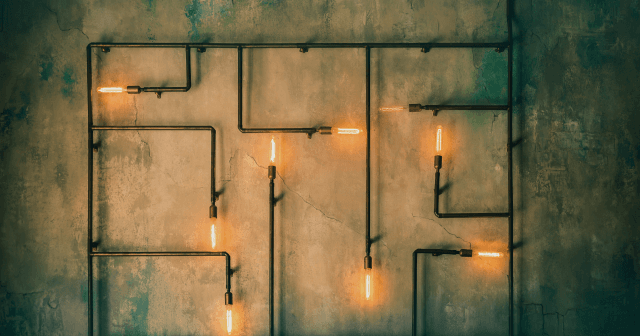

What Do Industrial Designers Actually Do?
What Do Industrial Designers Actually Do?
Industrial design is a multidisciplinary field that combines creativity, technical expertise, and problem-solving skills to create innovative and functional products. Industrial designers play a crucial role in shaping the aesthetics, ergonomics, and overall user experience of a wide range of products. This article aims to explore the responsibilities and contributions of industrial designers, shedding light on their role in the product development process. We will also showcase projects developed from scratch, to demonstrate the impact of industrial design in real-world applications.
Industrial design is a multidisciplinary field that combines creativity, technical expertise, and problem-solving skills to create innovative and functional products. Industrial designers play a crucial role in shaping the aesthetics, ergonomics, and overall user experience of a wide range of products. This article aims to explore the responsibilities and contributions of industrial designers, shedding light on their role in the product development process. We will also showcase projects developed from scratch, to demonstrate the impact of industrial design in real-world applications.
Industrial design focuses on the creation and development of products that are aesthetically pleasing, user-friendly, and commercially viable. Industrial designers work at the intersection of art, engineering, and business, blending form and function to enhance the user experience. They consider factors such as usability, ergonomics, materials, manufacturing processes, and market trends to create products that meet both user needs and business objectives.
Industrial design focuses on the creation and development of products that are aesthetically pleasing, user-friendly, and commercially viable. Industrial designers work at the intersection of art, engineering, and business, blending form and function to enhance the user experience. They consider factors such as usability, ergonomics, materials, manufacturing processes, and market trends to create products that meet both user needs and business objectives.
The Role of Industrial Designers: 1. Conceptualization and Ideation: Industrial designers are involved in the early stages of product development, where they contribute to the conceptualization and ideation process. They collaborate with cross-functional teams, including engineers, marketers, and product managers, to generate ideas and translate them into tangible concepts. Industrial designers use their creative skills to visualize and communicate ideas through sketches, renderings, and 3D models.
The Role of Industrial Designers: 1. Conceptualization and Ideation: Industrial designers are involved in the early stages of product development, where they contribute to the conceptualization and ideation process. They collaborate with cross-functional teams, including engineers, marketers, and product managers, to generate ideas and translate them into tangible concepts. Industrial designers use their creative skills to visualize and communicate ideas through sketches, renderings, and 3D models.
2. User-Centric Design: One of the key responsibilities of industrial designers is to prioritize the needs and preferences of the end-users. They conduct user research, analyze market trends, and gather insights to understand user behaviors and expectations. This information guides the design process, ensuring that the final product is intuitive, ergonomic, and enjoyable to use. Industrial designers focus on creating seamless interactions between users and products, enhancing the overall user experience.
2. User-Centric Design: One of the key responsibilities of industrial designers is to prioritize the needs and preferences of the end-users. They conduct user research, analyze market trends, and gather insights to understand user behaviors and expectations. This information guides the design process, ensuring that the final product is intuitive, ergonomic, and enjoyable to use. Industrial designers focus on creating seamless interactions between users and products, enhancing the overall user experience.
3. Aesthetics and Form Development: Industrial designers are responsible for the visual and aesthetic aspects of a product. They consider factors such as color, texture, shape, and proportions to create visually appealing designs that resonate with the target audience. Industrial designers also work on form development, ensuring that the product's physical appearance aligns with its intended function and brand identity. Their expertise in balancing aesthetics with functionality helps create products that stand out in the market.
3. Aesthetics and Form Development: Industrial designers are responsible for the visual and aesthetic aspects of a product. They consider factors such as color, texture, shape, and proportions to create visually appealing designs that resonate with the target audience. Industrial designers also work on form development, ensuring that the product's physical appearance aligns with its intended function and brand identity. Their expertise in balancing aesthetics with functionality helps create products that stand out in the market.
4. Prototyping and Iterative Design: Industrial designers collaborate closely with engineers and prototyping teams to bring their designs to life. They create detailed specifications and collaborate on the development of prototypes, ensuring that the design intent is accurately translated into a physical product. Industrial designers actively participate in iterative design processes, conducting usability tests, gathering feedback, and making necessary refinements to improve the product's design and functionality.
4. Prototyping and Iterative Design: Industrial designers collaborate closely with engineers and prototyping teams to bring their designs to life. They create detailed specifications and collaborate on the development of prototypes, ensuring that the design intent is accurately translated into a physical product. Industrial designers actively participate in iterative design processes, conducting usability tests, gathering feedback, and making necessary refinements to improve the product's design and functionality.
UDTECH, a renowned company specializing in product development from scratch, recognizes the importance of industrial design in creating successful products. Here we showcase a range of projects that exemplify the impact of industrial design in product development. These case studies highlight how industrial design, in collaboration with engineering and other disciplines, has resulted in innovative and visually appealing products across various industries.
UDTECH, a renowned company specializing in product development from scratch, recognizes the importance of industrial design in creating successful products. Here we showcase a range of projects that exemplify the impact of industrial design in product development. These case studies highlight how industrial design, in collaboration with engineering and other disciplines, has resulted in innovative and visually appealing products across various industries.